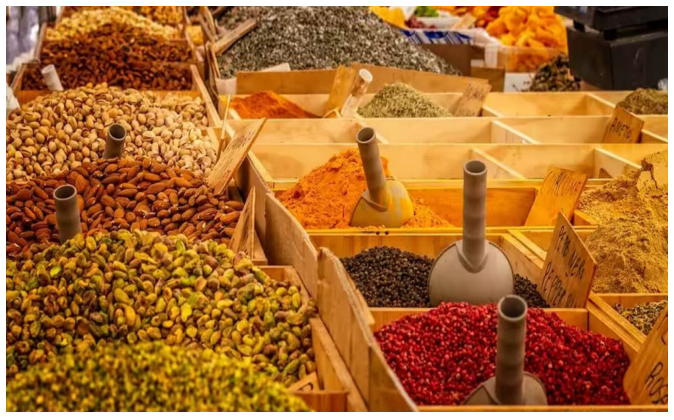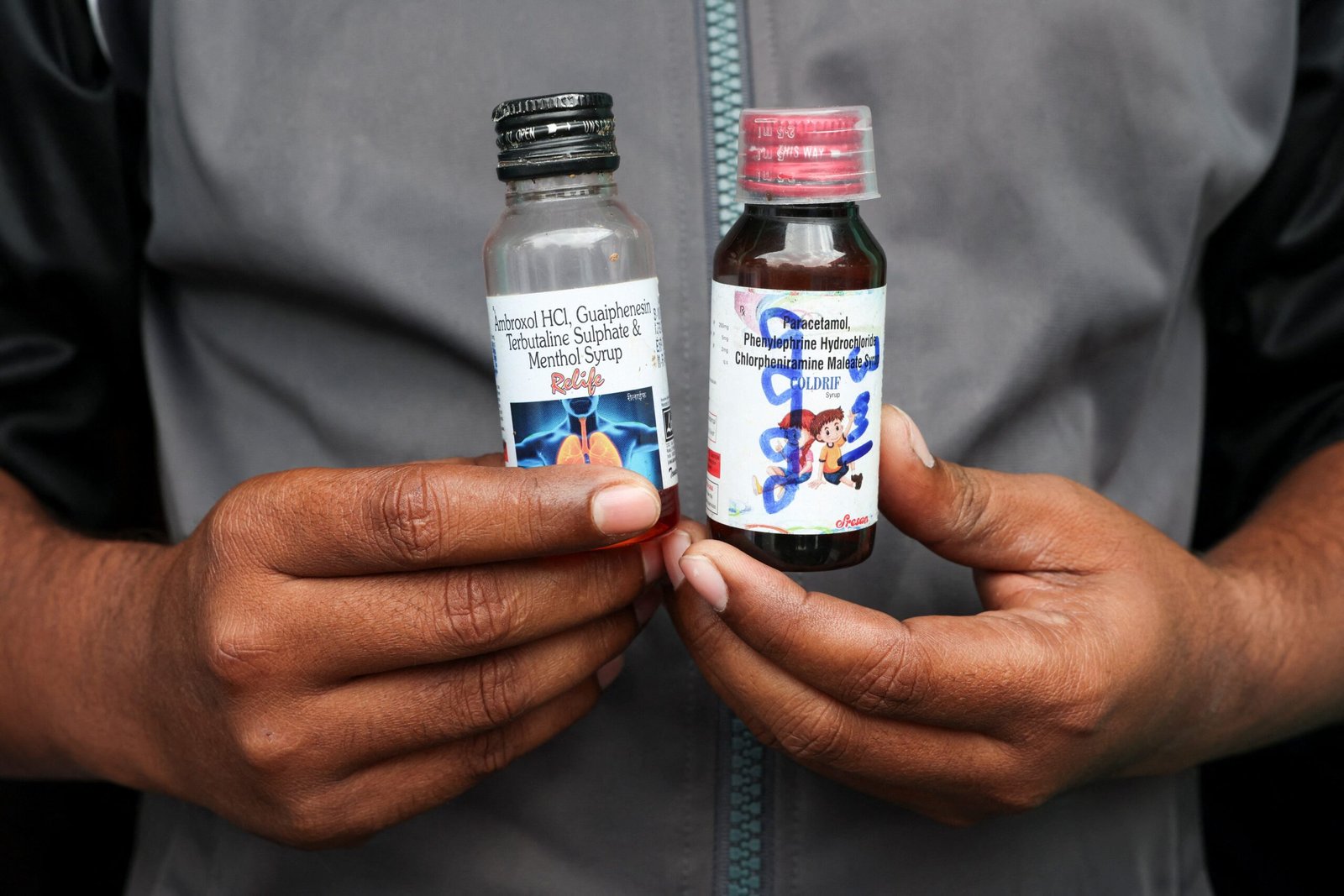Latest Context:
Recently, the US Food and Drug Administration (FDA) released data on food imports in the last 4 years.
More about the news:
- The food exports from the countries like India, Mexico and China have experienced the highest cases of refusals in the US.
- The data also highlighted the barriers faced by Indian food exporters in the US market.
Key highlights of the data are:
Statistics related to refusal:
- India, Mexico, and China have experienced a significant refusals of food export in the US between October 2019 and September 2023.
- Refusal rate of India, which comes as the percentage of shipments refused out of all food export shipments, was 0.15%.
- While, China’s refusal rate was 0.022% and that of Mexico was 0.025%.
- In the last 10 years, India’s food export refusals have seen a decreased trend in absolute terms. From a peak of 1,590 refusals in 2015, it goes down to 1,033 refusals in 2023.
- Even after these refusals, India’s food exports to the US reached at USD 1.45 billion in FY23, representing a 16% increase as compare to previous fiscal year.
- Major Indian exports to US include basmati rice, natural honey, guar gum, and cereal preparations etc.
Key factors behind refusals:
- Many products were filthy or in a decomposed situation or be otherwise unfit for food.
- Many products have shown the presence of “Salmonella” (a bacteria that causes severe stomach infections).
- Many products contained unapproved new drug, an unsafe food additive, or a prohibited substance.
- A lot of products were misbranded in terms of nutritional labels, ingredients information, health claims and others.
What is the international measure backing the food import refusal by the United States?
About the World Trade Organization (WTO)’s Sanitary and Phytosanitary (SPS) Agreement
- It is one of the key agreements under the WTO that deals with the application of food safety and animal and plant health standards in international trade.
- This agreement entered into force with the establishment of the WTO on 1 January 1995. At present, WTO has 164 member nations (including India, china and the United States).
- The SPS Agreement was established to make a balance between the need to protect human, animal, and plant health and the importance of facilitating trade.
- This agreement aims to ensure that countries can implement measures to protect human, animal, and plant life without unjustifiably or arbitrarily discriminating against imports. It also aims to prevent the use of health and safety measures as unjustified trade barriers.
- A key principle of this agreement is that any SPS measures must be based on scientific principles. This means that countries should use scientific evidence to justify their measures.
- Countries are encouraged to conduct risk assessments, when implementing SPS measures. This involves evaluating the potential risks and the likelihood of these risks occurring.
- This agreement recognizes the concept of ‘equivalence’. This means that if a country’s measures achieve the same level of protection as those of another country, it should accept the other country’s measures as equivalent, even if they are different.
- Members are required to notify the WTO of their SPS measures and provide information about their implementation. This helps promote transparency and allows other countries to understand the measures in place.
- This agreement also includes procedures for resolving disputes related to SPS measures. Countries can bring disputes to the WTO’s Dispute Settlement Body, if they believe that another member’s measures are not in compliance with the agreement.
How India can Improve its Food Safety and Quality Standards?
- Strengthen Regulatory Framework: Continuously review and update food safety laws, regulations, and standards to align with international best practices and scientific advancements. Ensure that regulations are enforced consistently and rigorously.
- Capacity Building and Training: Invest in training and capacity building for food inspectors, laboratory technicians, and other relevant personnel to improve their skills and knowledge. Develop specialized training programs for specific food sectors, such as dairy, meat, and seafood.
- Enhance Inspection and Surveillance: Increase the frequency and efficiency of food inspections, especially for high-risk food products and establishments.
- Laboratory Infrastructure: Improve the capacity and infrastructure of food testing laboratories to ensure accurate and timely analysis of food samples.
- Strengthen Food Safety Culture: Promote a culture of food safety and quality within the food industry through education and outreach. Encourage the adoption of international food safety management systems like Hazard Analysis and Critical Control Points (HACCP).
- Consumer Awareness: Educate consumers about food safety and quality standards and encourage them to make informed choices. Implement clear and informative labeling to help consumers make safe food choices.
- Traceability and Recall Systems: Develop robust traceability systems that can track the origin of food products, making it easier to identify and recall unsafe products. Implement rapid alert systems to inform consumers and regulators of food recalls.
- International Collaboration: Collaborate with international organizations and other countries to share information, best practices, and expertise in food safety.
- Research and Innovation: Invest in research and innovation in food safety technologies and practices.
- Government-Industry Cooperation: To promote collaboration between government authorities and the food industry to collectively improve safety standards. Encourage self-regulation and the development of industry-specific best practices.
Conclusion:
Improving food safety and quality standards is an ongoing process that requires commitment, resources, and collaboration among various stakeholders. It’s essential for safeguarding public health and enhancing the competitiveness of the food industry in the global market.





